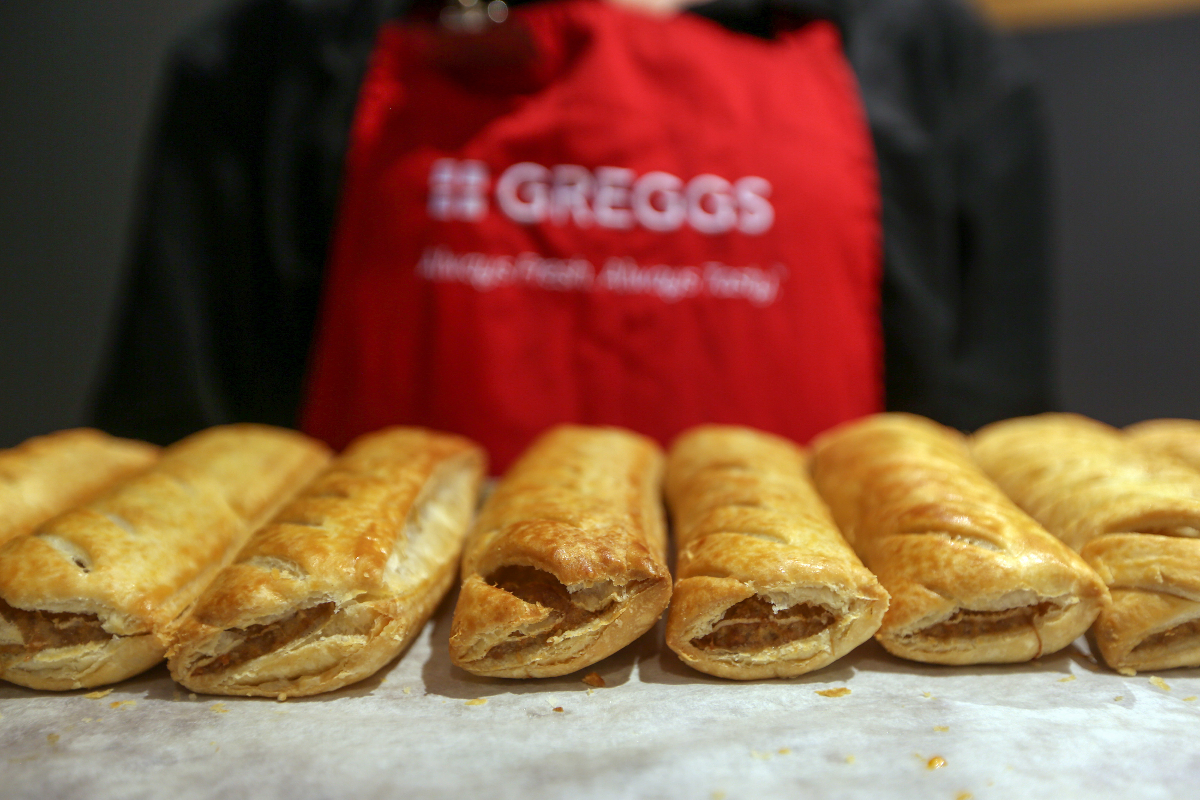What is The Crown Estate and how is the government reforming it?
In his King's Speech, King Charles announced changes to the Crown Estate. What is the arcane entity, and how is it changing?


King Charles announced no fewer than 40 government bills in his traditional speech to mark the State Opening of Parliament.
From establishing a new wealth fund, to charging VAT on private schools, to radical changes to the planning process, the King’s Speech was heavy on big, headline-grabbing policies that will touch the lives of people across the country.
But there was one bill the King read through which will affect him in particular.
The Crown Estate Bill, the King pronounced, will “modernise The Crown Estate by removing outdated restrictions on its activities, widening its investment powers and giving it the powers to borrow in order to invest at a faster pace”.
That would, it continued, include “vital marine investment needed to accelerate and quadruple offshore wind capacity by 2030 as part of the Government’s plan to deliver long-term financial returns”.
But what exactly is The Crown Estate? What is its relationship to the King? And what exactly does the new bill mean in plain English?
What is the Crown Estate?
The Crown Estate is one of the country’s largest landowners, responsible for Britain’s coastline, seabed, and over 180,000 acres of land and property across Britain and Wales.
It was originally the estate of the British monarch, who remains its technical owner, but in practice it is controlled by the government who abdicate its stewardship to a set of commissioners.
Contrary to popular belief, is not part of the monarch’s private estate. However, it generates huge revenue for the exchequer, some of which is siphoned off to fund the monarchy. Last year it made a net income of £442.6m, of which 88 per cent went to the Treasury, and 12 per cent went to the monarch.
Its portfolio comprises stock that ranges from the entirety of Regent Street and much of St James’s, from which it generates rent from leaseholders, to 106,000 hectares of arable and livestock farmland, to 10,000 hectares of forestry.
It also owns over half of the UK’s foreshore – the part of a shore between high and low tides – and, crucially, almost all of the UK’s sea bed.
And it is the management of this part of the estate which the new Starmer government is most interested in reforming.
What changes to The Crown Estate are being proposed?
In its capacity as the owner of almost all the UK’s sea bed, The Crown Estate can lease sites for development, award rights for extensions to existing wind farms.
While the plans are still in the early stages, it appears Starmer wants to make two main changes to The Crown Estate operates in this regard.
First, the government wants to give the estate powers to borrow money. This, Labour hopes, will boost the offshore sector by making capital easier to come by.
The second involves freeing up its ability to invest with that capital, which, if the capital is shrewdly invested, could help to drive growth in the UK’s green energy sector. Or – if it is not – the taxpayer, and King Charles himself, could left a little out of pocket.


